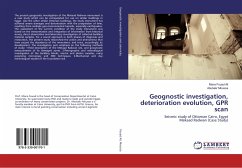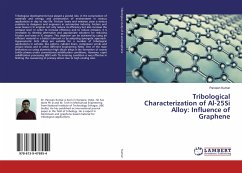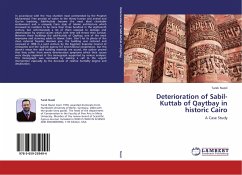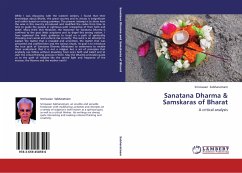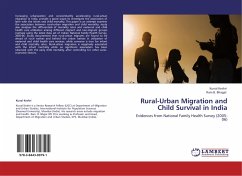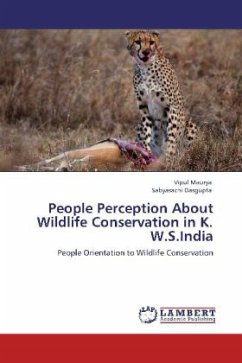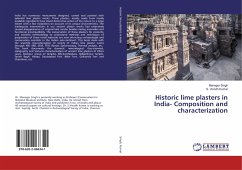
Historic lime plasters in India- Composition and characterization
Versandkostenfrei!
Versandfertig in 6-10 Tagen
32,99 €
inkl. MwSt.

PAYBACK Punkte
16 °P sammeln!
India has numerous monuments designed, carved and painted with splendid lime plaster works. These plasters, mostly made from locally available ingredients have stood destructive action of the nature to a large extent with a few exceptions on account of its unique characteristics. The inadequate interventions in our ancient plaster works had extensively caused disappearance of original lime render besides raising anomalies and functional incompatibility. The conservation of these plasters for posterity and scientific methodology to understand methods and techniques of preparation of these novel...
India has numerous monuments designed, carved and painted with splendid lime plaster works. These plasters, mostly made from locally available ingredients have stood destructive action of the nature to a large extent with a few exceptions on account of its unique characteristics. The inadequate interventions in our ancient plaster works had extensively caused disappearance of original lime render besides raising anomalies and functional incompatibility. The conservation of these plasters for posterity and scientific methodology to understand methods and techniques of preparation of these novel materials are now attracting archaeologist and conservation scientists in the Indian sub-continent. This book deals with the scientific characterization of variety of Indian lime plaster works through XRF, XRD, SEM, FTIR, Raman Spectroscopy, Thermal analysis, etc. This book documents the chemical, mineralogical, Geo-chemical, statigraphy and textural characterization of ancient lime plasters of Ellora caves, Alampur group of temples, Bibi-ka-Maqbara, Ballaleshwar temple, Fariah Bagh, Hampi, Daulatabad Fort, Bidar Fort, Golkonda Fort and Charminar, etc.



